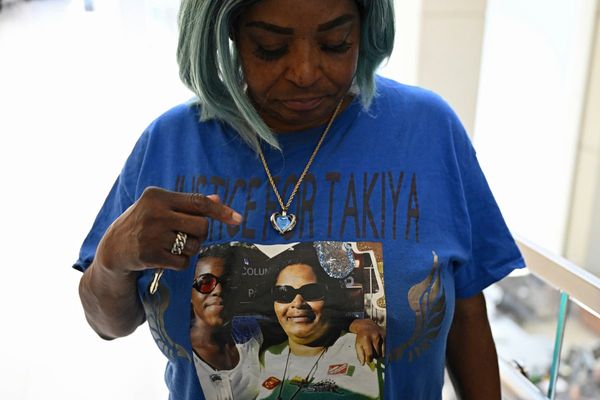The Northern Lights may be visible to Londoners this evening, according to a Met Office report.
The aurora borealis is rarely spotted in London, but may be seen this evening due to a number of “Coronal Mass Ejections” from the sun.
Here’s everything you need to know about the Northern Lights, including how best to spot and photograph them.
What is the Aurora Borealis?
The Northern Lights, otherwise known as aurora borealis, appear as huge areas of bright colours in the night sky, in the direction due north, often with a distinct arc.

Best seen in darkness, away from any light pollution, the Northern Lights can extend as high as 400 miles above the Earth's surface.
They result from collisions of charged particles in the solar wind colliding with molecules in the Earth's upper atmosphere.
When the magnetic polarity of the solar wind is opposite to the Earth's magnetic field, the two magnetic fields combine, allowing these energetic particles to flow into the Earth's magnetic north and south poles.
Why might the Aurora Borealis be visible this evening in London?
According to the Met Office: “Three coronal mass ejections (CMEs) are expected to arrive at Earth, two on Tuesday night/Wednesday morning and another on Wednesday night into Thursday morning.
“The aurora will be enhanced into Wednesday morning with enhancement persisting perhaps through to Thursday morning.”
Auroras usually occur in a band called the annulus centred on the magnetic pole - and the arrival of CMEs from the Sun can cause the annulus to expand, bringing the aurora to lower latitudes, and thus visible in the UK.
The Met Office adds: “Visible aurora expected across parts of northern UK and similar geomagnetic latitudes, with a chance of sightings further south across England and Wales, though cloud cover is expected to inhibit ideal viewing conditions for many parts.”
Will I be able to see the Aurora Borealis tonight?
While the UK Met Office Space Weather forecast suggests that the best chance of seeing the aurora will be across the northern half of the UK, there could also be clear skies further south.
Tonight’s forecast in London suggests there will be variable amounts of cloud and occasional clear spells overnight, with some outbreaks of rain.
What’s the best way to see the Aurora Borealis?
The aurora can be difficult for the naked eye to see clearly, and can often appear much brighter in pictures than to the naked eye.
Using a long exposure lens can allow an excess of light into the camera, producing a far brighter image.
The aurora’s slow movement across the night’s sky can exaggerate the image, making the Northern Lights appear like a multicoloured glow across the northern horizon.
How common is it to see the Aurora Borealis in London?
Seeing the aurora borealis in London is extremely uncommon, with the capital too far south for typical displays, so displays are only visible during rare and powerful geomagnetic storms.
London’s light pollution can also make it very difficult to see the faint lights.
Most aurora sightings in the UK occur in Scotland, and occasionally Northern England.

Most recently, a G-5 class geomagnetic storm made the aurora visible across much of the UK in May 2024 - but heavy light pollution made it difficult for most Londoners to make out.
Prior to that, viewings were reported in 1989 and 2003 - both related to extreme solar activity.







